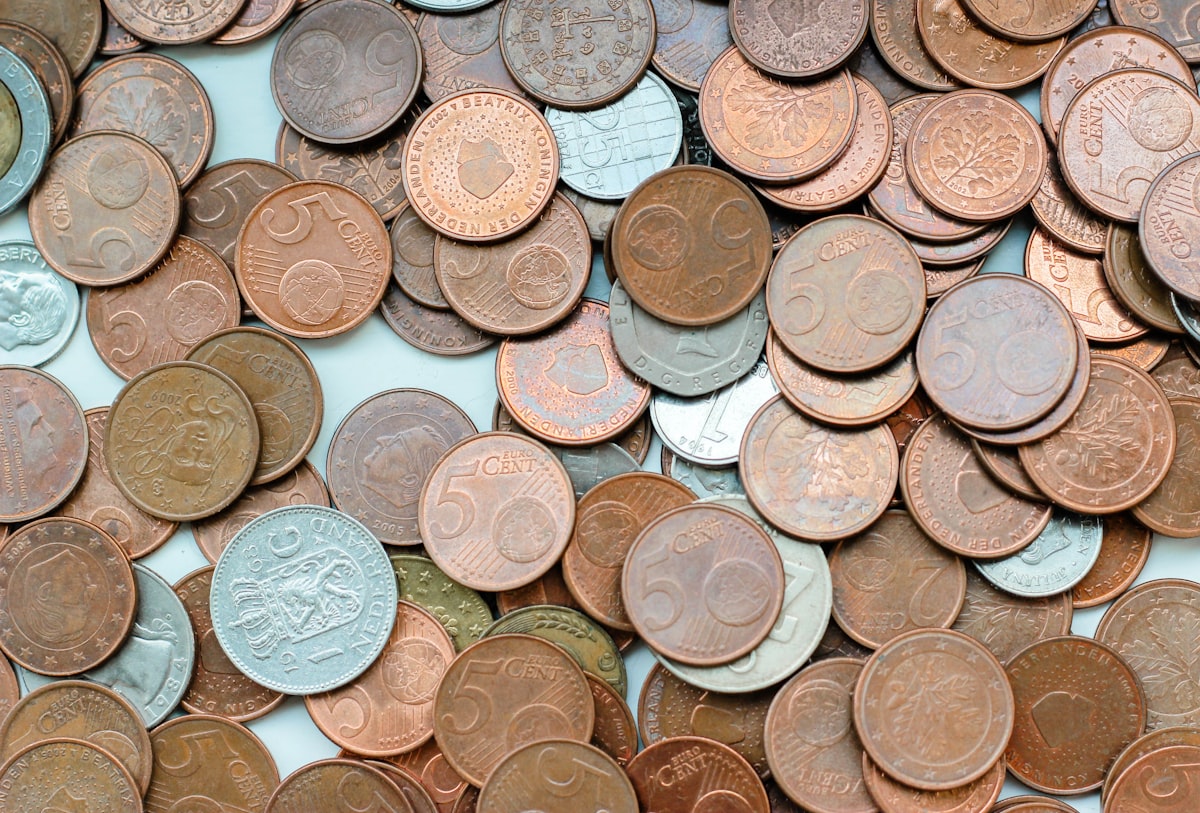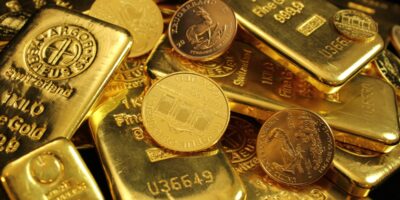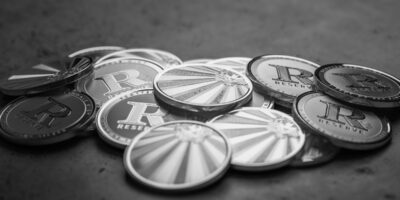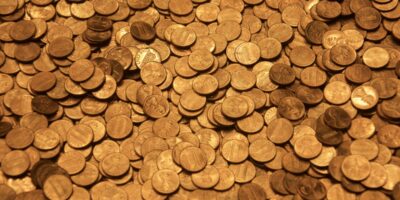Rare Quarters Worth Money
Coin collecting is a fascinating hobby with deep roots in history. Among the vast array of collectibles, quarters hold a special place. These seemingly modest coins have the potential to be highly valuable. Their value often depends on factors such as rarity, historical significance, and unique errors. Here’s a look into some quarters that may be worth more than their face value.
The 1932-D and 1932-S Washington Quarters

The very first Washington quarters were minted in 1932, and two particular mint marks from that year stand out: the Denver (D) and San Francisco (S) mint marks. The 1932-D Washington quarter had a very low mintage of only around 436,800. Similarly, the 1932-S quarter had a mintage of just 408,000 coins. In good condition, these coins are worth several hundred dollars. In mint condition, they can fetch thousands. Their low mintages make them highly sought after among collectors.
The 1976 Bicentennial Quarters
In 1975 and 1976, to celebrate the American Bicentennial, a special quarter was issued. These quarters feature a unique reverse design depicting a colonial drummer. Although many were minted, certain versions are rare. The silver-clad Bicentennial quarters, often included in special mint sets, contain 40% silver, making them more valuable than the standard copper-nickel clad quarters. High-grade versions of these coins are particularly desirable.
The 2004 and 2005 Extra Leaf Wisconsin Quarters
The Wisconsin state quarters, part of the 50 State Quarters series, include an interesting error. Some quarters feature an extra leaf on the corn stalk on the reverse of the coin. Known as the extra leaf variety, these quarters come in two forms: high extra leaf and low extra leaf. These variants were errors that occurred at the Denver Mint. Due to their uniqueness, these coins can sell for hundreds of dollars.
The 1950 and 1951 Overstruck Error Quarters
An intriguing error type involves the 1950 and 1951 Washington quarters. Some coins from these years exhibit what looks like double dates or mottos. This error is known as overstrikes. Overstrikes occur when a die strikes a planchet twice. Finding one of these quarters can mean a significant boost in its value, especially if they are well-preserved.
The 1937 Doubled Die Washington Quarter
A doubled die quarter features a misalignment during the minting process, causing doubled images or text. The 1937 doubled die error is apparent on the obverse of the Washington quarter, affecting the date and some lettering. When found in good condition, these quarters can be valued at over $250.
The 1942-D 2 Over 1 Error
This error is one of the more exciting finds for numismatists. On some 1942 quarters from the Denver Mint, the 2 in the date is struck over a faint 1. These errors, known as the 1942-D 2 over 1, are quite rare and can substantially increase the coin’s value. They are highly prized, making them a worthwhile find for collectors.
The 1965 Silver Transition Errors
In 1965, the US Mint transitioned from silver quarters to a copper-nickel composition. However, some quarters were mistakenly struck on silver planchets. These silver transition errors are rare finds. They possess significant value due to their metallic content and historical curiosity, often selling for several thousand dollars at auction.
State Quarters with Errors
The 50 State Quarters program, spanning from 1999 to 2008, provided a vast array of collectible coins. Some quarters from this series gained attention due to minting errors. Notable errors include off-center strikes, die cracks, and missing clad layers. Each error presents a unique story and carries a premium in the numismatic market.
Why Some Quarters Are So Valuable
The value of these coins often stems from their rarity and the stories they tell. Historical context, minting errors, and limited production numbers all contribute to a quarter’s appeal. Collectors who understand the nuances of these factors can find exciting opportunities in unlikely places, such as loose change or coin collections passed down through families.
How to Identify Rare Quarters
Identifying valuable quarters requires attention to detail. Collectors should pay close attention to mint marks, dates, and any unusual features. Using a magnifying glass can help examine small details. Online resources, coin collecting guides, and trusted dealers provide invaluable help in confirming a coin’s authenticity and value.
Preserving the Value of Quarters
Once a rare quarter is identified, proper care is essential. Coins should be stored in a cool, dry place. Handling should be minimized, and when necessary, done with cotton gloves. Placing coins in holders or albums helps to prevent damage and sustain their value over time. Coins preserved well often fetch higher prices.
Market for Collectible Quarters
The market for collectible quarters can be highly rewarding. Auctions often reveal surprising results, with rare coins exceeding estimated values. A robust market exists, driven by enthusiasts dedicated to numismatics. Understanding market trends and maintaining contact with fellow collectors can enhance both the financial and personal rewards of this intriguing hobby.
Recommended Collecting Supplies
Coin Collection Book Holder Album – $9.99
312 pockets for coins of all sizes.
20x Magnifier Jewelry Loupe – $13.99
Essential tool for examining coins and stamps.
As an Amazon Associate, we earn from qualifying purchases.




Subscribe for Updates
Get the latest articles delivered to your inbox.
We respect your privacy. Unsubscribe anytime.